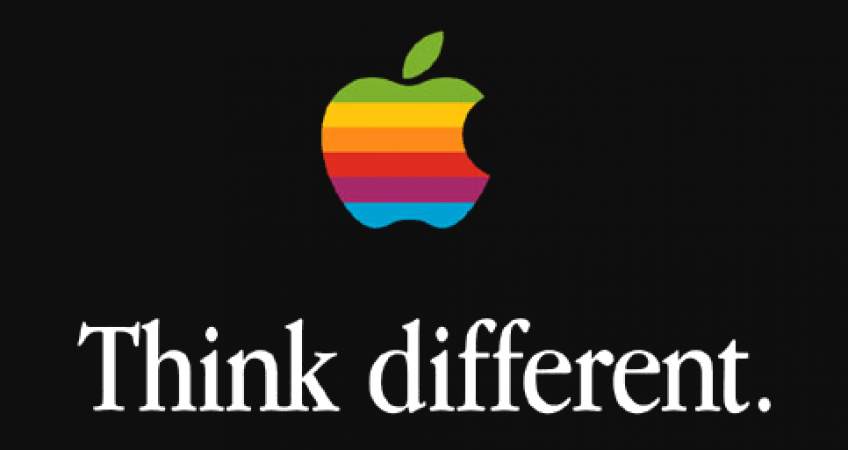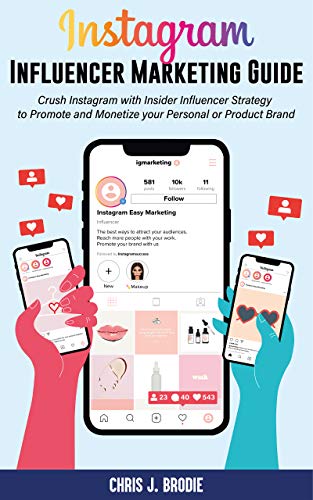
UGC, or user-generated material, is an increasingly popular way that brands can build brand awareness. UGC generates high conversions and can even be used for paid advertising. We'll be looking at some of our favorite UGC examples such as Destination Canada or Starbucks. Read on to learn more. This article will provide valuable advice and tips to your brand in order to maximize your UGC efforts.
UGC (user-generated content) is a popular way to build brand awareness
UGC can be used to promote a brand's image on social media. This idea isn't new. People who have benefited from a product or service are often more likely to recommend it to others. This content is highly influential at the end of the buyer’s journey. It acts as a social proof of authenticity, which consumers greatly value. UGC holds a prominent place in any social marketing strategy.
UGC can work across all customer journeys, from product pages through blog posts. Instagram photos are particularly powerful because they can be shoppable. Dune London added shoppable Instagram pictures to its website recently. This type of content helped the brand increase its online conversions by 33%. The same effect can be achieved for other social media platforms.
It has high conversion rates
Social media user generated material (UGC), whether you want to generate content for free, or promote a product, has a high convert rate. This content can come in many forms: shoutouts, contest entries, free trials, and more. UGC, in addition to creating free content, can help you build a brand community. Users are often bombarded daily with promotional messages, but they will remember content that they have seen from a trusted source.

For example, social media UGC can help you gain more followers by allowing customers to post about their favorite food or cooking experiences. UGC can also help you encourage people to act, such as clicking on a link in an ad. By creating UGC that looks authentic and reputable, your followers are more likely to purchase from you. Social media can be used to increase your sales.
It can be used for paid advertising
The use of UGC is not new to paid advertising. Marketing experts agree that content created by customers is more trusted than content made by brands. In fact, 93% of marketers agree. It's a natural phenomenon for people to trust other opinions and content. Building trust and credibility with your customers is therefore a priority. UGC can be used to find keywords associated with your brand and also track reviews and positive comments left by customers.
UGC via social media isn’t always product-related. But it can highlight lifestyles that match your brand. Vans, for instance, posts videos of Vans customers who match their Off the Wall aesthetic without asking permission. Brands often don't credit creators or have no agreement with them. It is crucial to obtain permission from your audience for reposting content.
It can increase brand loyalty
UGC is user-generated content. This is content that customers create and publish on social media. It provides businesses with the opportunity to gain customer trust, increase their social following, and increase their brand's credibility. Brands can gain insight into their target audience's demeanor and preferences by allowing customers to post their content. Companies can then create strategies that include UGC and repost the content in order to increase its credibility and impact.

UGC offers your customers the opportunity to interact with you regardless of whether your product is handmade or online. UGC is a way to engage customers and increase engagement. UGC allows brands to accept feedback from their customers. They will also receive regular updates via social media. UGC, in addition to providing valuable customer feedback, can also be used to identify brand ambassadors and encourage word of mouth marketing.
FAQ
How do I measure success with content marketing?
There are many ways to measure the success of your content marketing efforts. One option is to track the number of visitors to your website; another is to see how many new leads you generate.
How does content marketing work?
Content marketing works when you create value-added, engaging content.
Your audience will be more likely to trust you if you offer useful information, solve their problems, entertain them, or build relationships. Positive messages from brands you trust are very popular.
People enjoy reading things that interest them. Your readers will keep coming back for more when you write something interesting.
Your content should drive people to take action - whether buying your product, signing up for your newsletter, visiting your website, or sharing your article via social media.
Content marketing should be engaging and informative.
What is Content Marketing?
You know what someone is searching for when they visit your site. If they find what they need, great! They will go to another place if they don’t find the answer. You can create helpful and relevant information that answers questions, solves issues, and adds value with content marketing. You can use this content across all platforms (social media, email, etc.) This ensures that everyone has access to the content.
Statistics
- According to our research, 65% of companies with very successful content marketing in 2021 ran content audits at least twice a year. (semrush.com)
- Measure your goals with a progress indicator of 0-100%. Make your goals collaborative and transparent (semrush.com)
- Progress indicators (0–100%) allow each team member to see how attainable each goal is and understand what remains to be accomplished. (semrush.com)
- Forty-seven percent of buyers view 3 to 5 pieces of content before engaging with a sales representative. (mailchimp.com)
- An example of an overarching goal could be: "In 2022, we want to achieve a 20% increase in revenue created by organic content and generate 15,000 MQLs with a budget of $30,000." (semrush.com)
- This marketing strategy landed Ford a 15.4% conversion rate. (neilpatel.com)
- Out of the 1,500 marketers we surveyed for our State of Content Marketing report, 78% who felt their content marketing strategy was exceptionally effective in 2021 had documented their strategy. (semrush.com)
- In fact, would pay more for a better customer experience, and 86% of B2B buyers would pay more. (neilpatel.com)
External Links
How To
How can I make my videos more impressive?
Video Marketing is one of the most powerful tools of Content Marketing. Video Marketing allows you to connect with your audience and create trust. But how can we transform boring into something amazing? Let's explore some simple ways to do this!
-
Tell a tale. Storytelling is at the heart of every good piece of communication. Video marketing cannot work without storytelling. It is important to decide what type of stories you would like to tell. Is it entertaining? Educational? Inspiring? People share their stories via social media using photos and videos. Get inspired by these stories, and use them for inspiration.
-
Images are a powerful tool. Images help convey emotions faster than words. They help us connect with others and feel empathy. Make sure to include images in all your videos. Pictures can be embedded in blog posts or added to slideshows.
-
Make it easy for people to share. You want viewers to spread the word. Make it easy. Include sharing buttons in your videos. Add social icons to your slideshows. Add "Share" buttons to your videos, especially if you have a YouTube Channel.
-
Don't overdo it. You might lose your viewers' attention if you give away too many graphics or provide too much information. Keep it simple. A few striking images are all that is needed to grab your attention and keep you there.
-
Keep it short. People love to see short videos. Create short, 5-minute videos to get people talking about your brand.
-
Get feedback. Most importantly, listen to your audience. Ask your audience to share their experiences and tell you what they like. You can use the answers to improve your content.
-
Create a plan. Once you've created your first video, think about how you can create more. Can you create a series? A playlist could be created with only the most popular videos.
-
Test, test, test. It's not what you want. Before releasing any video, test it on your audience. Take a look at the reactions. Make changes based upon these results.
-
Repeat. Keep going until you find your perfect formula. Once you understand what works, you will be able to make great videos over and over again.
-
Measure the results. It's important to measure the success of your videos. What did they do? Which types of viewers prefer certain videos? These questions will help you optimize your strategy.
-
Adjust as needed. After your video campaign is launched, don't forget to learn. Make mistakes and learn from them. Marketers who are the best always seek out ways to improve.
-
Enjoy it. Although video marketing isn’t difficult, it can take patience. As you gain experience, new strategies, tactics, and ideas will be available to you to help grow your business.